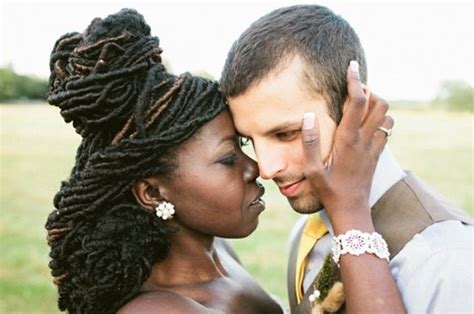Asian American women have a longer history of being objectified and fetishized. This kind of discrimination has real-world repercussions, whether it’s being referred to as » China figurines » on streetcars or verbally rejected when dating.
They might become prone to racism and even genital assault as a result. Additionally, it may have a negative impact on their ties and medical care.
Asian interfaith union
The chance for Asians to marry outside of their ethnic group is increasing along with the Asian inhabitants in the United States. Asian Americans and various people of color frequently get married interracially, but countless Asians prefer to wed within their own communities.
For the majority of the 20th centuries, intra-ethnic marriage was the predominate design of relationship for Asians who were born abroad, according to a investigation by Bohra-mishrea and Massey. Nevertheless, this pattern has changed as a result of the current influx of Asian immigrants. Interracial marriage with white was the most common pattern of marriage for foreign-born women and men in a national sample of Acs 2008–2012 information, while inter-asian couples solely made up about 3 % of all foreign–born Asian married couples at the national level.
According to the data that is currently available, interracial relationship rates were significantly higher immediately following world war Ii, when American soldiers stationed in Asia wed nearby Asian brides. Anti-miscegenation laws were passed that forbade Asians from marrying Whites because these unions were frequently seen as a danger to American world. More recently, research on Asian interbreeding frequently lumps all Asians together without taking birth into account, only takes native-born Asian people into consideration, or does not make a distinction between interracial and transnational relationship. Various Asian expat groups experience varying female variations in matrimony designs.
Relationships between Asian races
Understanding the function that stereotypes play is crucial in a nation where cultural discrimination is still widespread. When it comes to Eastern ladies who have been the targets of racial violence, this is particularly genuine. Academics discovered in a recent study that Asian American women’s activities of marginalization and invisibility are influenced by stereotypes about them.
Centuries of cultural monitoring and prejudice have led to the development of these stereotypes. The preconceptions have given people a false perception of East Asian Americans that they believe to be true. This has in the recent resulted in discrimination against them at work and in interpersonal interactions.
For instance, some Asian ladies might discover that they are not permitted to express themselves or remain confrontational at work. Additionally, they might feel threatened by their managers. This kind of conduct may result in reprisal against the girl and a tense atmosphere at work.
Unfortunately, this kind of bias has the potential to be fatal. Six Eastern women were among the victims of the Metro Atlanta spa filming, for instance. A Light man who claimed to have had sex with the people because he believed they to be » bright female https://russiabride.org/philippines » was the perpetrator. These kinds of incidents ought to fire discussions about the stereotypes about Asians and how they are viewed in America.
Asiatic dating for interracial purposes
I’ve been wondering how much these narratives affect how we perceive racial associations in culture given all the episode surrounding Asiatic girls dating Pale guys. Is it possible that the dangerous masculinity in Asian communities is a result of this discourse? If consequently, should we reconsider our opinions of multiracial newlyweds?
Asian and White racial ties appear to be more prevalent at Princeton than other kinds of inter-racial pairings. According to one article in The Daily Princetonian’s May 1994 issue, » Bias still burdens spouses dating across racial arcs, » learners who date Whites are perceived as more desirable by their peers than Blacks.
Tumelo and Ithra are having breakfast at her family’s Johannesburg home on a Saturday afternoon. The family is watching as they ping each other on Whatsapp and words one another. The two have been given junior physician assignments in Cape Town, which means they will have to leave their families ‘ properties and survive separately for the first time. Additionally, they will be the first non-racial members of their larger community to time. Although their households are unsure, they are both delighted. Associations between black and asian South Africans are referred to as Blasian.

